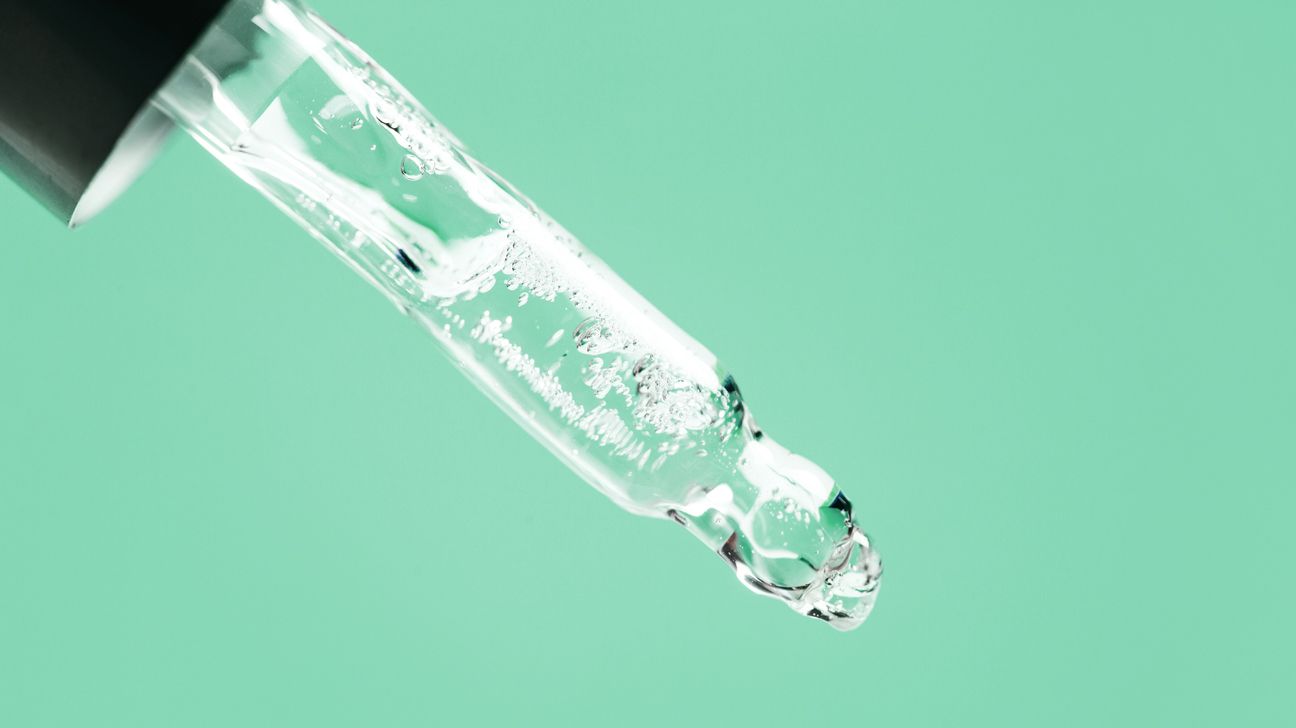While research suggests there are health benefits, the FDA doesn’t monitor or regulate the purity or quality of essential oils. It’s important to talk with your healthcare provider before you begin using essential oils and be sure to research the quality of a brand’s products. Always do a patch test before trying a new essential oil.
Poke around the interwebs for home remedies for thicker, healthier hair and you’ll find all sorts of interesting stuff. Some, like onion juice, are maybe a little too gross to contemplate. But peppermint essential oil? Hey now, that sounds pretty nice!
But before you start dousing yourself, there’s some stuff you should know. For one, the actual science behind peppermint oil and hair health is pretty thin. Also? If you decide to try it anyway, you’ll want to make sure you’re doing it safely to avoid potentially injuring your scalp.
Here’s what you should know about how peppermint oil might give your hair or scalp a boost, plus the best way to apply it.
Some proponents claim that peppermint essential oil can stimulate hair growth and fight hair loss. That’s thanks to menthol, the compound that gives peppermint that icy-cool feeling.
Very limited research has shown that menthol applied to the skin boosts blood flow. The thinking goes that more blood flowing to the scalp area could potentially stimulate your hair to grow faster or thicker.
In some studies, the peppermint also exhibits anti-inflammatory, antimicrobial, and antifungal activity. All of those things could potentially promote scalp health, but there haven’t been any studies looking at exactly how that works or what the specific benefits might be.
In short, the jury’s still out on what peppermint oil can really do for your hair or your scalp. But there’s one thing you can legit count on: It smells great and the cooling sensation of the menthol can make your head feel squeaky clean. And that alone might be reason enough to use it on your strands.
Maybe? But as with all things peppermint-and-hair, the science is super limited.
Here’s what we do know: A study conducted on mice found that a 3 percent peppermint oil solution did a better job in promoting hair (er, fur) growth compared to the FDA-approved hair growth drug minoxidil.
Rodents who got the peppermint oil treatment showed an increase in fur thickness, fur follicles, and follicle depth.
It’s great news if you’re balding mouse. But if you’re a human dealing with thinning hair or hair loss? The findings don’t necessarily guarantee peppermint oil will give you a rich, lustrous mane.
However, since peppermint essential oil is generally considered safe when used correctly (more on that in a minute), there’s no real downside to giving it a try.
The most important thing to keep in mind when using peppermint essential oil — or any essential oil — is that the stuff is highly concentrated. Too concentrated, in fact, to apply by itself. So if you’re going to put the stuff on your scalp, you’ll need to mix it with a carrier oil first.
Carrier oils are more viscous and dense than essential oils (EO’s actually aren’t “oily”), have a lighter scent or no scent at all, and are used to dilute essential oils so they’re safe to use.
Any cold-pressed vegetable oil like sunflower, sweet almond, grapeseed, or jojoba can get the job done. But if your scalp tends to be oily or you have acne, a non-pore clogging oil like jojoba might be your best bet.
Safe concentrations for applying peppermint essential oil to your skin or scalp are just 1 or 2 percent. (Which is less than the 3 percent used in the mouse hair growth study, FYI.)
You can make a 2 percent concentration by mixing 2 drops of peppermint essential oil with a teaspoon of carrier oil. For a 1 percent concentration, use just 1 drop of peppermint mixed into a teaspoon of oil.
Considering experts don’t know much about how peppermint oil affects hair, there’s not much solid evidence for the best way to apply the stuff or how long to leave it on.
Try massaging it into your scalp in the shower and letting it sit for a few minutes. Then wash your hair with shampoo and rinse like usual. You might feel a cool, tingly sensation as the oil sits on your scalp. But if it starts to hurt or burn, wash it out right away.
Even though peppermint oil is natural, it can still be dangerous when used incorrectly. Using the stuff safely means keeping these two keys in mind:
- Never apply peppermint oil straight to your skin. Using it straight can lead to rashes or irritation, so always, always use a carrier oil.
- Don’t consume peppermint oil. While small doses appear to be safe, larger ones can be toxic. But why risk it at all? Especially since drinking the stuff will have zero impact on your scalp or hair.
Finally, keep in mind that for some people, even properly diluted peppermint oil can cause a skin rash or irritation.
If you’re not sure how peppermint oil might affect your scalp, it’s worth doing a patch test first and seeing how your skin reacts before slathering the stuff all over your head. And if at any point your applied peppermint oil starts to burn or hurt, that’s a sign you should wash the stuff off ASAP.
The bottom line
There’s a shred of evidence that peppermint oil might promote hair growth, and it’s antimicrobial, anti-fungal, and anti-inflammatory properties might help promote scalp health.
It’s perfectly fine to try as long as you apply it safely — and who knows? You might notice a benefit or two. But you shouldn’t rely it on as a cure for baldness or as a treatment for other scalp disorders.


